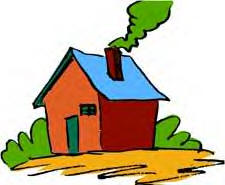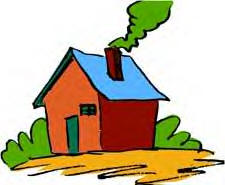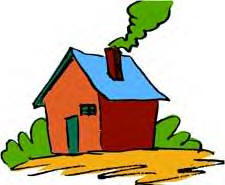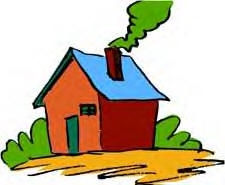Definition:
* Rectal, Ear, or Temporal Artery (TA) Temperature: 100.4°F (38.0°C) or higher
* Oral or Pacifier Temperature: 100°F (37.8°C) or higher
* Under the Arm (Axillary or Armpit) Temperature: 99°F (37.2°C) or higher
* Limitation: Ear (tympanic membrane) temperatures are not reliable before 6 months of age
Where to Take a Temperature:
* Temperatures measured rectally are the most accurate. Temperatures measured orally, by electronic pacifier, or by ear canal or TA are also accurate if done properly. Temperatures measured in the armpit are the least accurate, but they are better than no measurement.
* Child Younger Than 3 Months (90 Days): An armpit temperature is the safest and may be preferred for screening. If the armpit temperature is above 99°F (37.2°C), check the rectal temperature. The reason you need to take a rectal temperature for young infants is that if they have a true fever, they need to be evaluated immediately by a doctor.
* Child Younger Than 4 or 5 Years: A rectal or electronic pacifier temperature is reliable. An ear or TA thermometer can be used after 6 months of age. An axillary (armpit) temperature is adequate for screening if it is taken correctly.
* Child Older Than 4 or 5 Years: take the temperature orally (by mouth), by ear thermometer, or by TA thermometer
How to Take a Rectal Temperature:
* Have your child lie stomach down on your lap
* Put some petroleum jelly on the end of the thermometer and on the opening of the anus
* Slide the thermometer gently into the opening of the anus for about 1 inch. If your child is younger than 6 months, put it in only about ½ inch (inserting until the silver tip disappears is about ½ inch)
* Hold your child still and leave the thermometer in for about 20 seconds with a digital electronic thermometer. (Note: the AAP recommends that older glass thermometers be discarded because they contain mercury. If that’s all you have, however, leave it in for about 2 minutes to get an accurate reading.)
* Your child has a fever if the rectal temperature is above 100.4°F (38°C).
How to Take an Armpit Temperature:
* Put the tip of the thermometer in an armpit. Make sure the armpit is dry.
* Close the armpit by holding the elbow against the chest for 4 or 5 minutes. The tip of the thermometer must be covered by skin.
* Your child has a fever if the armpit temperature is above 99°F (37.2°C). If you have any doubt, take your child’s temperature rectally.
How to Take an Oral Temperature:
• Be sure your child has not had a cold or hot drink in the last 30 minutes
• Put the tip of the thermometer under one side of the tongue and toward the back. It’s important to put it in the right place.
* Have your child hold the thermometer in place with her lips and fingers (not teeth) for about 30 seconds with a digital electronic thermometer. (Note: the AAP recommends that older glass thermometers be discarded because they contain mercury. If that’s all you have, however, leave it in for about 3 minutes to get an accurate reading.) Keep the lips sealed.
* Your child has a fever if the temperature is above 100°F (37.8°C)
How to Take a Digital Electronic Pacifier Temperature:
* Have your child suck on the pacifier until it reaches a steady state and you hear a beep.
* This usually takes 3 to 4 minutes
* Your child has a fever if the pacifier temperature is above 100°F (37.8°C)
How to Take an Ear Temperature:
* This thermometer reads the infrared heat waves released by the eardrum
* An accurate temperature depends on pulling the ear backward to straighten the ear canal (back and up if your child is older than 1 year)
* Then aim the tip of the ear probe midway between the opposite eye and earlobe
* The biggest advantage of this thermometer is that it measures temperatures in less than 2 seconds. It also does not require cooperation by the child and does not cause any discomfort.
* Limitation: If your child has been outdoors on a cold day, he needs to be inside for 15 minutes before taking his temperature. Earwax, ear infections, and ear tubes, however, do not interfere with accurate readings.
How to Take a Temporal Artery (TA) Temperature:
* The thermometer reads the infrared heat waves released by the TA, which runs across the forehead just below the skin.
* Place the sensor head at the center of the forehead midway between the eyebrow and hairline.
* To scan for your child’s temperature, depress the scan button and keep it depressed
* Slowly slide the TA thermometer straight across the forehead toward the top of the ear, keeping in contact with the skin
* Stop when you reach the hairline and release the scan button
* Remove the thermometer from the skin and read your child’s temperature on the display screen
Based on recommendations/advice in “My Child is Sick; Expert Advice for Managing Common Illnesses and Injuries”, 14th Edition, by Barton D. Schmitt








